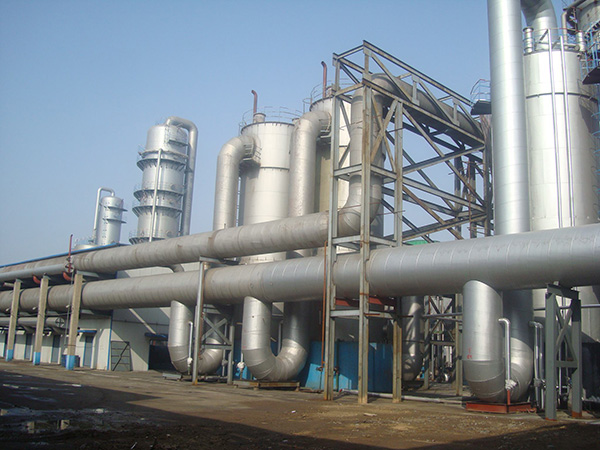-
All
-
bag Dust Collector
-
Electrostatic Precipitator
-
Cartridge Dust Collector
-
Desulfurization And Denitrification Equipment
-
Dust Collector Bag
-
Dust Collector Skeleton
-
Electromagnetic Pulse Valve
-
Rotary Valve
-
Screw Conveyor
-
Dust Conditioner
-
Plug Valve/Butterfly Valve
-
Scraper Conveyor
-
Catalytic Oxidizer
-
Cyclone Dust Collector
-
Sintered Plate Dust Collector
-
Spray Tower
-
Activated Carbon Adsorber
-
Light Oxygen Purifier
-
Dry Filter Box
-
Bucket Elevator

Wet Denitrification SNCR
Wet denitrification SNCR (Selective Non-Catalytic Reduction) is a denitrification technology that converts nitrogen oxides (N₂) and water (H₂O) into stable nitrogen (N₂) and w...
Wet denitrification SNCR (Selective Non-Catalytic Reduction) is a denitrification technology that converts nitrogen oxides (N₂) and water (H₂O) into stable nitrogen (N₂) and water (H₂O) by spraying reducing agents (such as ammonia and urea solutions) into flue gas without catalysts. This technology is widely used in the NOₓ treatment of small and medium-sized coal-fired boilers, waste incinerators, cement kilns and other industrial furnaces due to the characteristics of simple equipment, low investment cost, and no catalyst deactivation problem, especially suitable for scenarios where flue gas temperature is adapted and NOₓ removal requirements are moderate (denitrification efficiency is 30%~60%).
The core of wet denitrification SNCR is "temperature window control" and "precise injection of reducing agent". The reaction principle is as follows: ammonia or urea solution (usually 10%~20%) is atomized through a one-to-one spray gun, and then sprayed into the high temperature area of the boiler furnace or flue (850~1100°C), at this time, the reducing agent is decomposed into ammonia (NH₃) or cyanuric acid (urea decomposition product) with strong reducing properties, and selectively reacts with NOₓ (mainly NO) in the flue gas under the condition of no catalyst, that is, NH₃ preferentially binds to NOₓ instead of reacting with oxygen in the flue gas, and finally produces N₂ and H₂ O, to achieve NOₓ removal. The temperature of the reaction process needs to be strictly controlled - when the temperature is lower than 850°C, the reducing agent will not be fully decomposed, and the denitrification efficiency will decrease; At temperatures above 1100°C, reducing agents are prone to react with oxygen to form NOₓ ("secondary generation"), which increases pollutant emissions.
The advantages of this technology are significant: first, the investment and operation and maintenance cost are low, no complex catalyst device is required, the equipment only includes the reducing agent storage tank, injection system, and control system, and the initial investment is about 1/3~1/2 of SCR (selective catalytic reduction) technology, and there is no catalyst replacement cost; second, the equipment occupies a small area, and the injection system can be directly integrated into the existing furnace or flue, without occupying a large amount of additional space, and the difficulty of transformation is low; Third, it has strong adaptability, and the reducing agent injection amount can be flexibly adjusted according to the NOₓ concentration of flue gas, which is suitable for the intermittent operation conditions of small and medium-sized furnaces.
However, wet denitrification SNCR also has limitations: first, the denitrification efficiency is moderate, affected by the temperature window and reducing agent mixing uniformity, the efficiency is usually lower than SCR (SCR efficiency can reach 80%~90%), and it is difficult to meet the strict requirements of ultra-low emission (NOₓ≤50mg/m³); The second is the risk of reducing agent escape, if the injection position or dose is not properly controlled, the unreacted NH₃ will be emitted with the flue gas ("ammonia escape"), which may react with SO₂ to form ammonium sulfate, causing flue blockage or corrosion; Third, the temperature dependence is strong, if the temperature flue gas fluctuates greatly or deviates from the good window, the denitrification efficiency will be greatly reduced.
At present, wet denitrification SNCR is often used in combination with low-nitrogen combustion technology, or as a pre-treatment unit of SCR technology, through the combination process of "low-cost nitrate reduction + scale removal", while controlling costs while meeting strict environmental protection requirements, further expanding its application scenarios.







